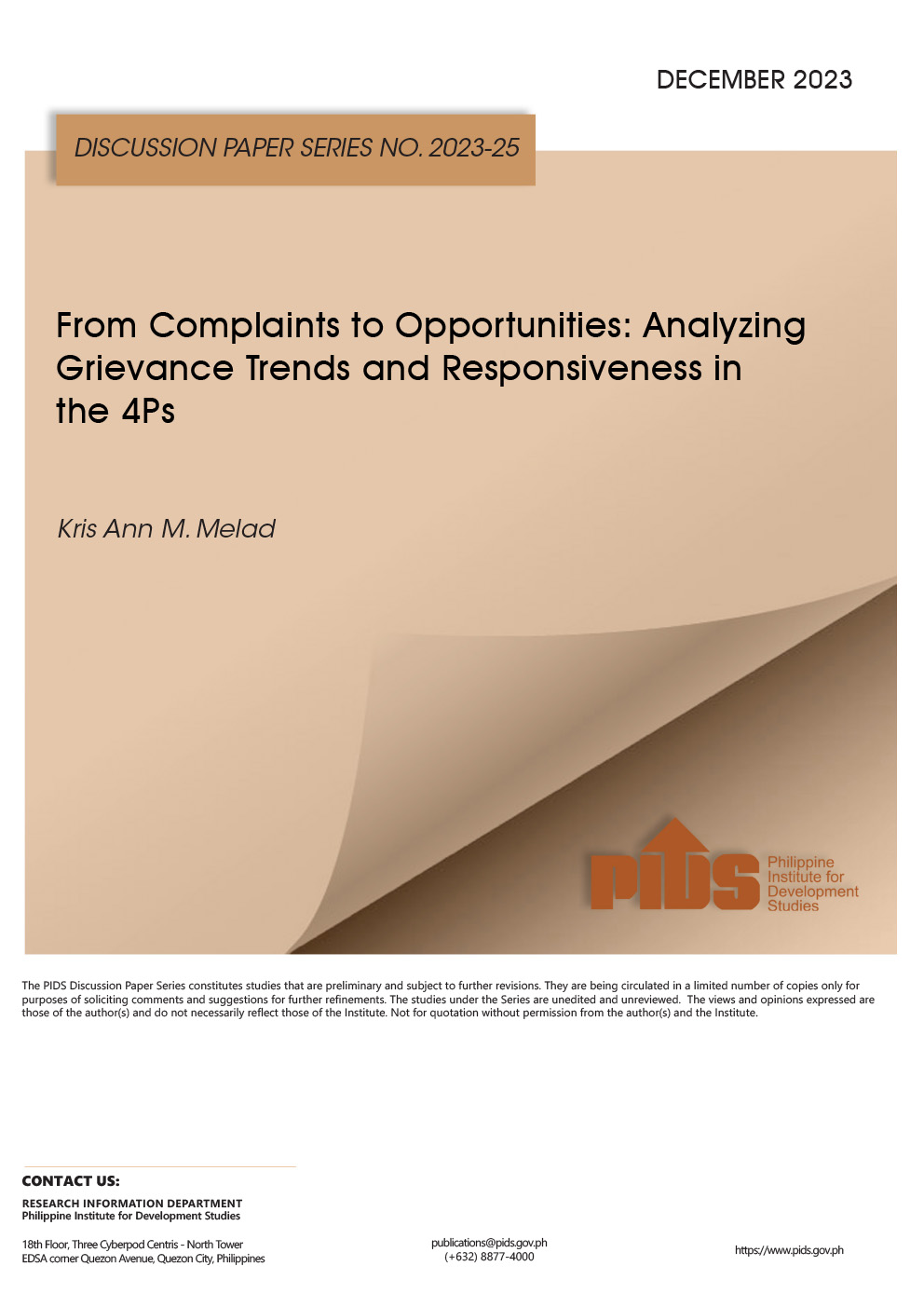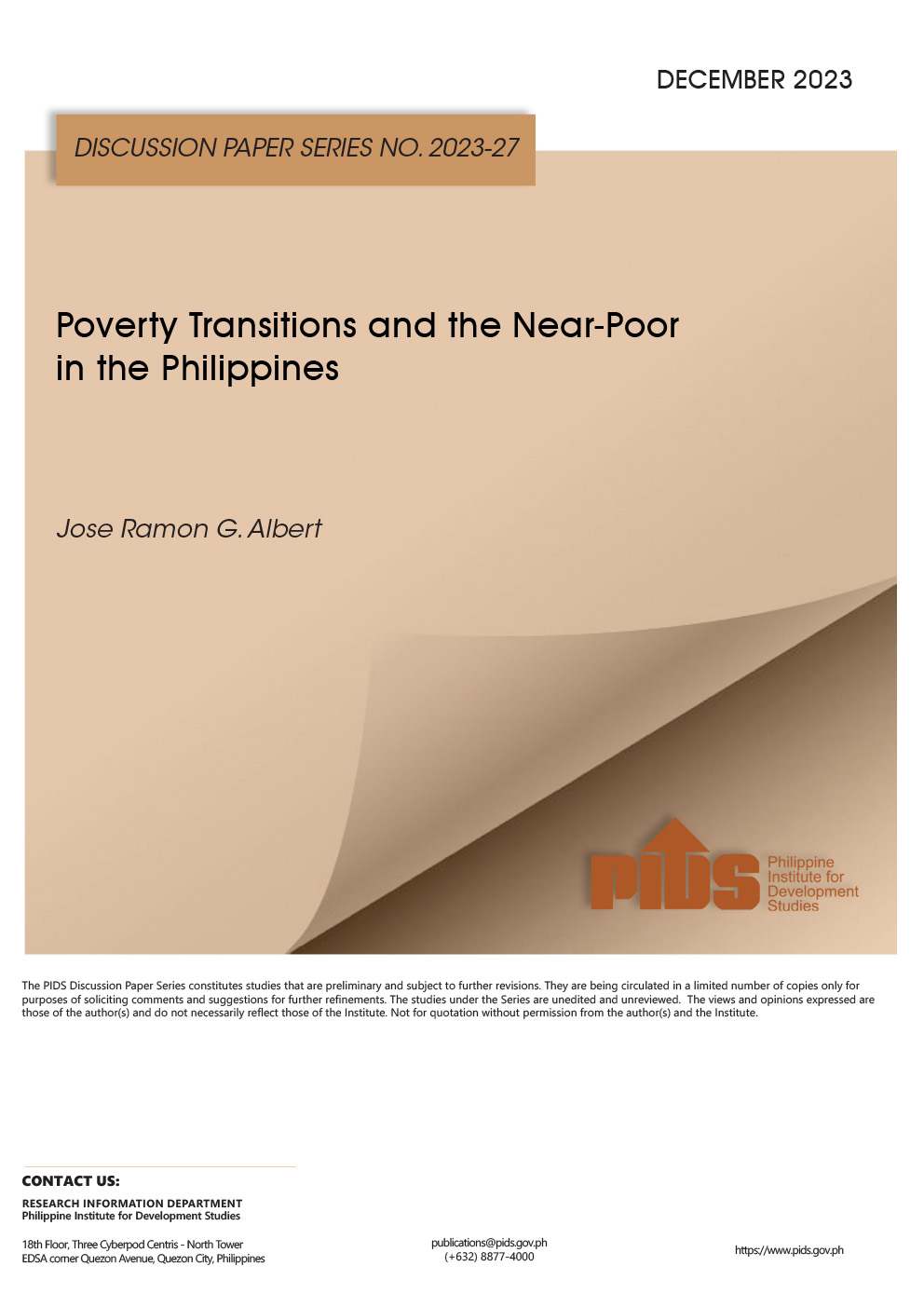THE national government should consider slowing down the implementation of the Pantawid Pamilyang Pilipino Program (4Ps) to plug leakages, according to a poverty expert.
In a news statement on Tuesday by the Philippine Institute for Development Studies (PIDS), Nanak Kakwani, poverty expert from the University of New South Wales, urged the government to fine-tune the targeting mechanisms for the 4Ps before expanding the program.
“You have to slow down the program because you are still learning,” Kakwani added, citing the country’s “rather fast” attempt to replicate Bolsa Familia, Brazil’s social-welfare program.
Kakwani also urged the government to revisit the program’s implementation cost, claiming it has gone higher than the Bolsa Familia program.
PIDS said this was not the first time the government was advised to revisit the 4Ps. PIDS President Celia Reyes also urged the government to deepen, rather than expand, the coverage of 4Ps, after learning it was suffering from a 29-percent leakage rate in 2015.
This means roughly three in every 10 of its beneficiaries are not poor, and do not even deserve to be part of the program.
In a report, the Commission on Audit (COA) also prodded the government to suspend the expansion of its flagship poverty-alleviation program until the leakages are plugged.
Despite these recommendations, 4Ps still saw rapid expansion under the Aquino administration in its attempt to boost the “mass registration” of the program, according to the COA.
A World Bank report also revealed that even the Duterte administration continued expanding the program to benefit about 20 percent of the population.
In her study, Reyes also noted the “significant share” of the 4Ps’s administration cost, amounting to as much as P4 billion in 2011.
Such an amount can already support 266,667 families with three eligible children for one year, according to the PIDS official.
On a monthly basis, the World Bank said the country’s 4Ps extends $66 in purchasing power parity (PPP) terms per beneficiary. This is more than Malaysia and Indonesia’s flagship conditional-cash transfer (CCT) offers at $48 and $44 per beneficiary.
However, in Southeast Asia, the country with the highest CCT benefit was Cambodia with $141 per recipient per month in PPP terms.
The country that extends the highest CCT benefit per month is Argentina at $468 in PPP terms, while Zambia’s flagship CCT offers zero in PPP terms.
The World Bank said the 4Ps has the largest coverage of the poor population among CCTs outside of Latin America and the Caribbean.
While the average CCT coverage of the poor was only 40 percent, the 4Ps covers 60 percent of the poor in the Philippines.
Globally, the World Bank said 2.5 billion people are covered by a social safety net, of which 650 million are in the poorest 20 percent.
In a news statement on Tuesday by the Philippine Institute for Development Studies (PIDS), Nanak Kakwani, poverty expert from the University of New South Wales, urged the government to fine-tune the targeting mechanisms for the 4Ps before expanding the program.
“You have to slow down the program because you are still learning,” Kakwani added, citing the country’s “rather fast” attempt to replicate Bolsa Familia, Brazil’s social-welfare program.
Kakwani also urged the government to revisit the program’s implementation cost, claiming it has gone higher than the Bolsa Familia program.
PIDS said this was not the first time the government was advised to revisit the 4Ps. PIDS President Celia Reyes also urged the government to deepen, rather than expand, the coverage of 4Ps, after learning it was suffering from a 29-percent leakage rate in 2015.
This means roughly three in every 10 of its beneficiaries are not poor, and do not even deserve to be part of the program.
In a report, the Commission on Audit (COA) also prodded the government to suspend the expansion of its flagship poverty-alleviation program until the leakages are plugged.
Despite these recommendations, 4Ps still saw rapid expansion under the Aquino administration in its attempt to boost the “mass registration” of the program, according to the COA.
A World Bank report also revealed that even the Duterte administration continued expanding the program to benefit about 20 percent of the population.
In her study, Reyes also noted the “significant share” of the 4Ps’s administration cost, amounting to as much as P4 billion in 2011.
Such an amount can already support 266,667 families with three eligible children for one year, according to the PIDS official.
On a monthly basis, the World Bank said the country’s 4Ps extends $66 in purchasing power parity (PPP) terms per beneficiary. This is more than Malaysia and Indonesia’s flagship conditional-cash transfer (CCT) offers at $48 and $44 per beneficiary.
However, in Southeast Asia, the country with the highest CCT benefit was Cambodia with $141 per recipient per month in PPP terms.
The country that extends the highest CCT benefit per month is Argentina at $468 in PPP terms, while Zambia’s flagship CCT offers zero in PPP terms.
The World Bank said the 4Ps has the largest coverage of the poor population among CCTs outside of Latin America and the Caribbean.
While the average CCT coverage of the poor was only 40 percent, the 4Ps covers 60 percent of the poor in the Philippines.
Globally, the World Bank said 2.5 billion people are covered by a social safety net, of which 650 million are in the poorest 20 percent.





